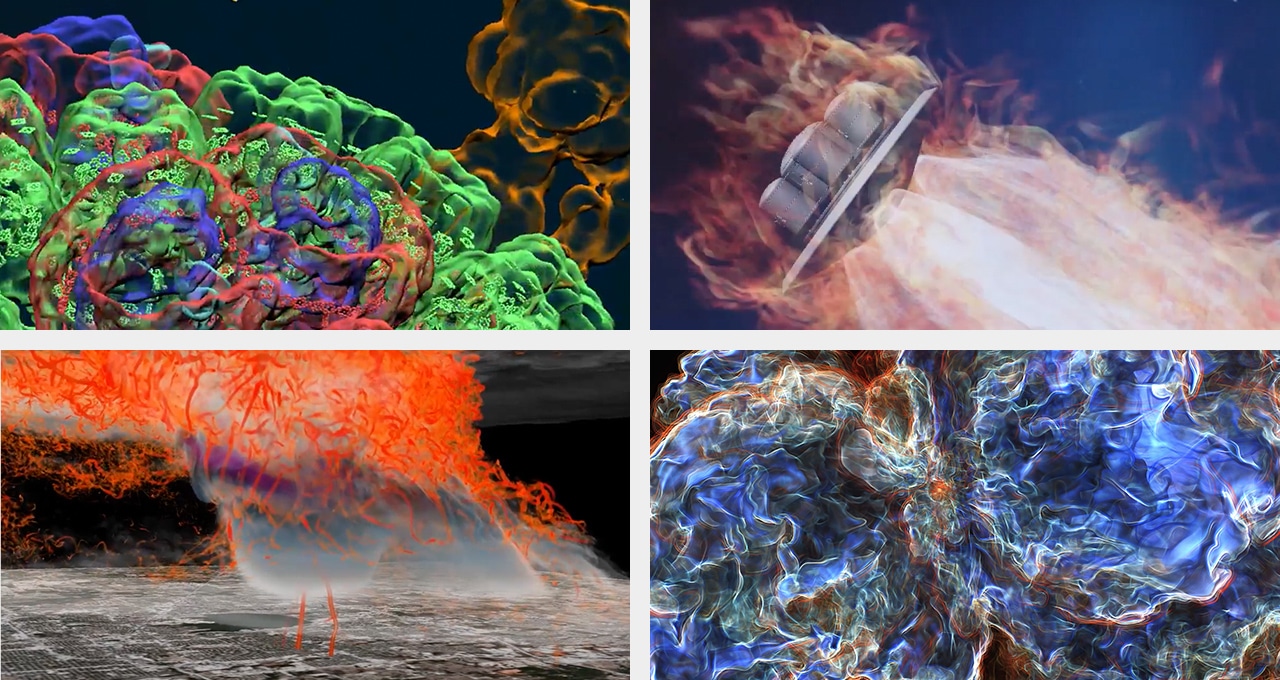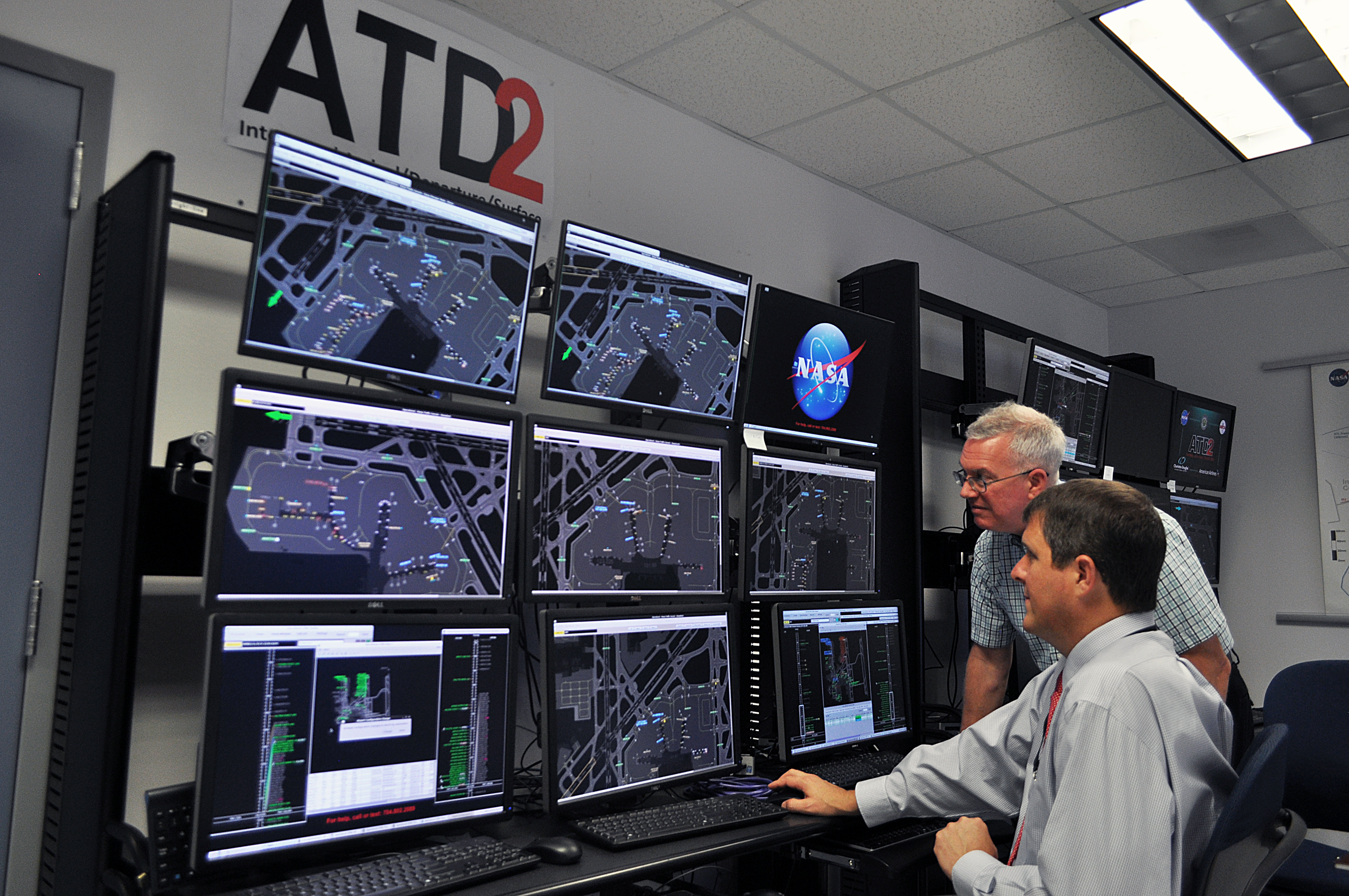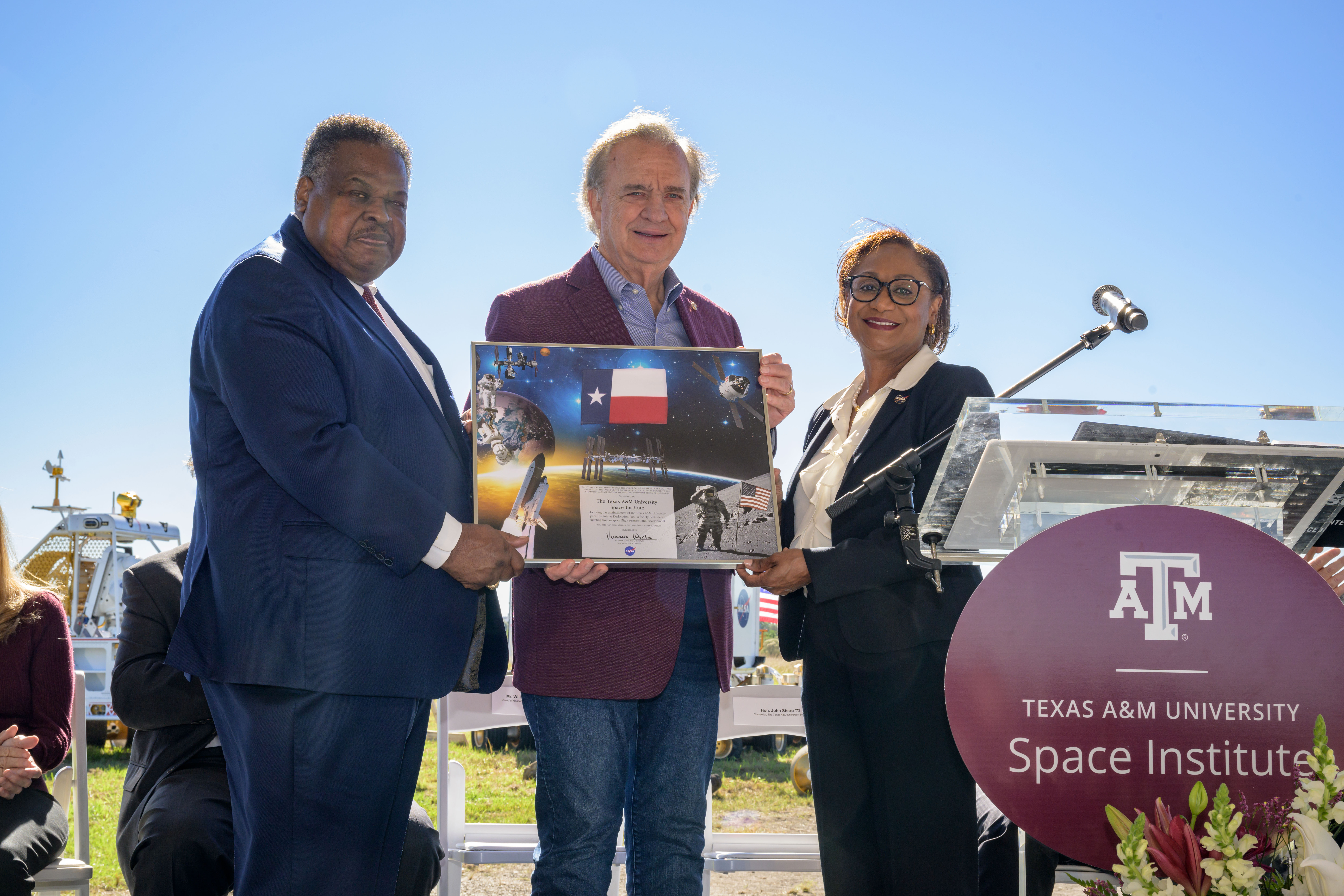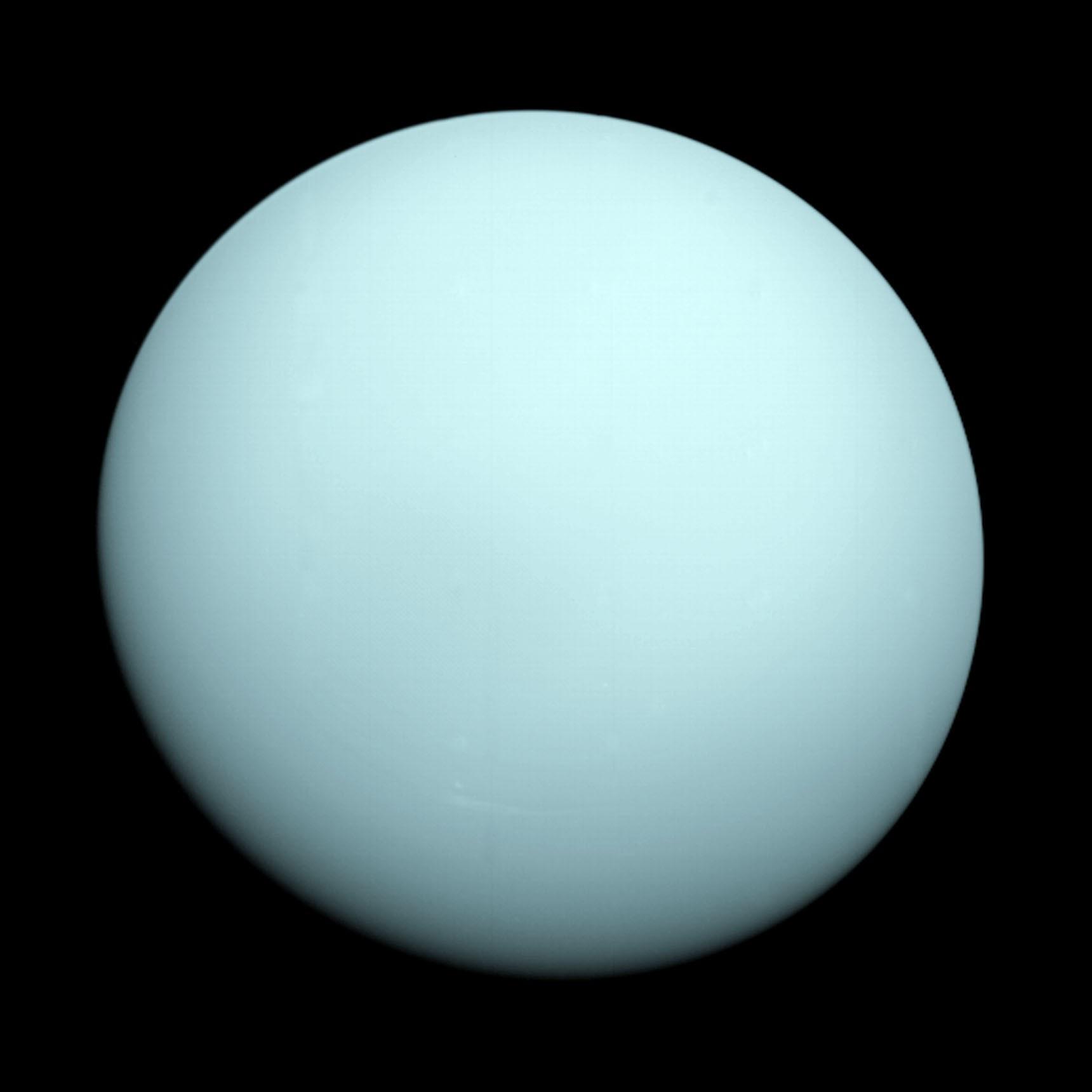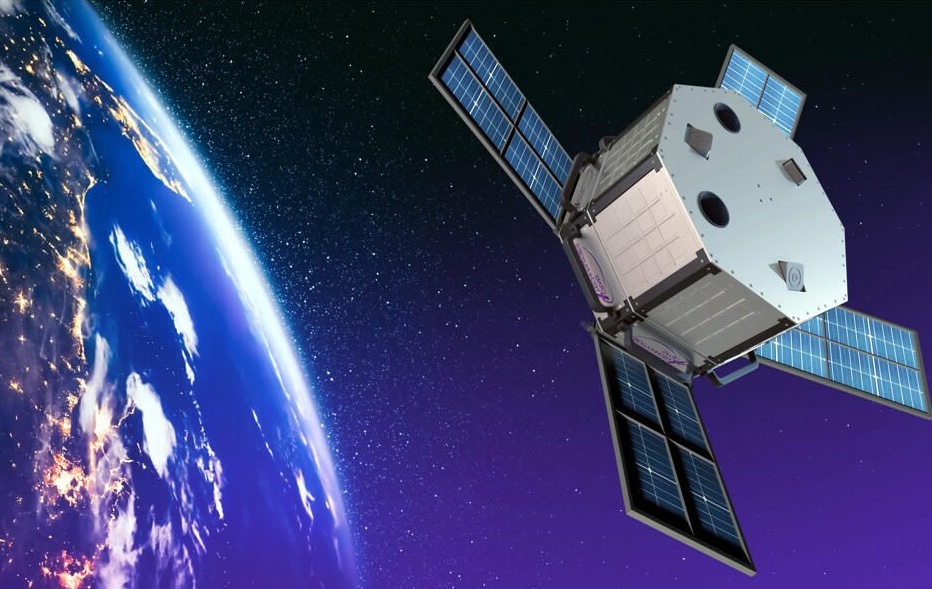Seeing Sagittarius C in a New Light
A star-forming region, named Sagittarius C (Sgr C), is seen in exceptional detail in this image from Nov. 20, 2023, thanks to the Near-Infrared Camera instrument on NASA’s James Webb Space Telescope. An estimated 500,000 stars shine in this image of the Sgr C region, along with some never-before-seen features astronomers have yet to explain. […]
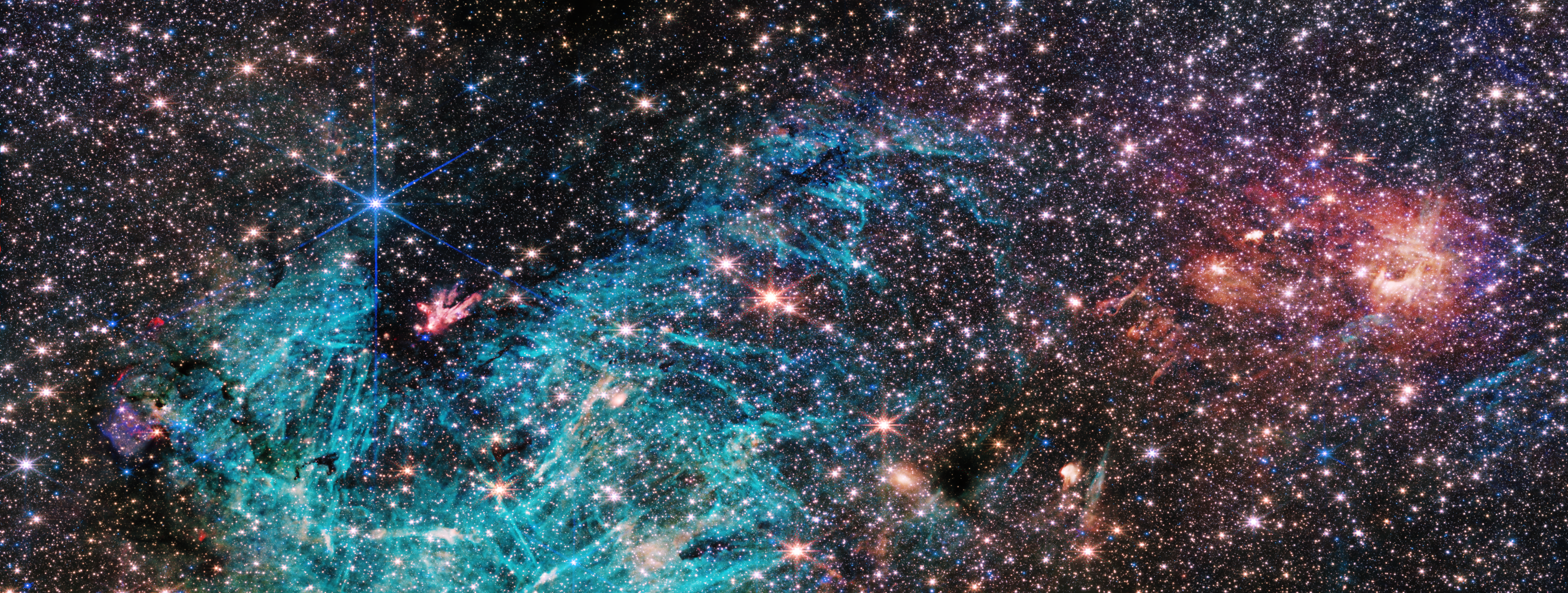
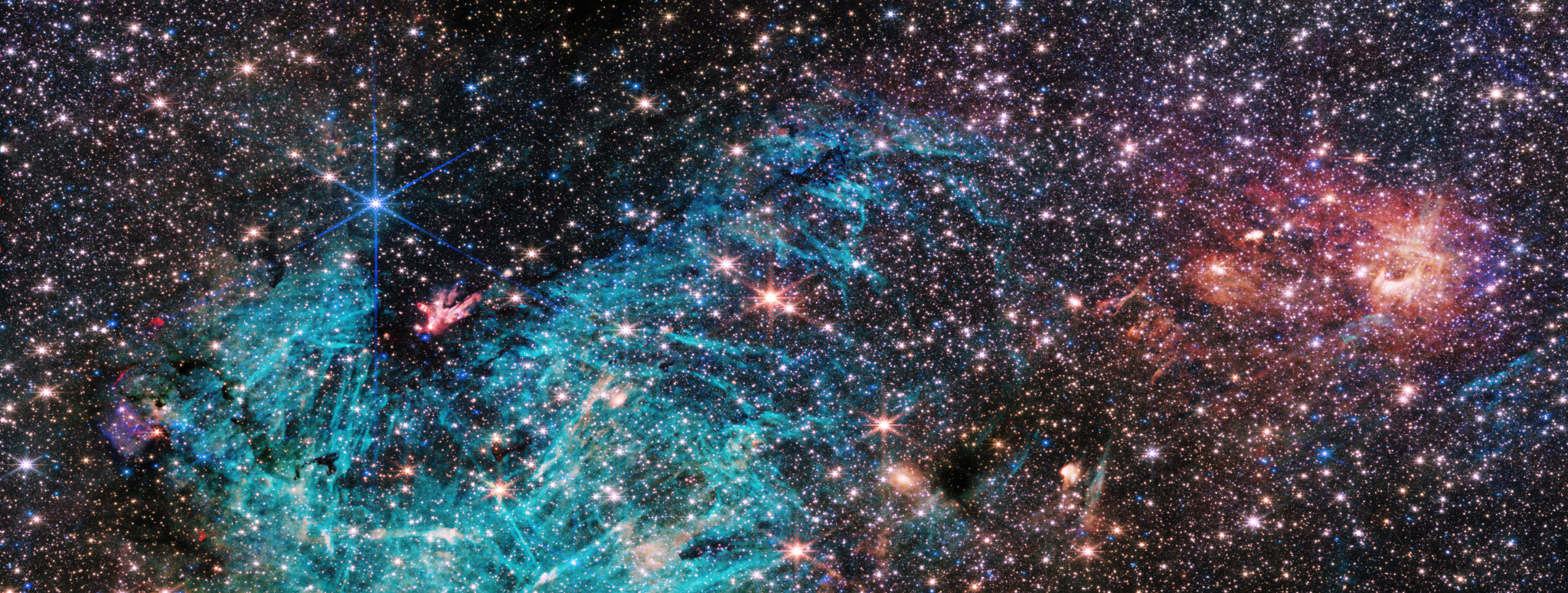
A star-forming region, named Sagittarius C (Sgr C), is seen in exceptional detail in this image from Nov. 20, 2023, thanks to the Near-Infrared Camera instrument on NASA’s James Webb Space Telescope. An estimated 500,000 stars shine in this image of the Sgr C region, along with some never-before-seen features astronomers have yet to explain.
Image Credit: NASA, ESA, CSA, STScI, and S. Crowe (University of Virginia)














